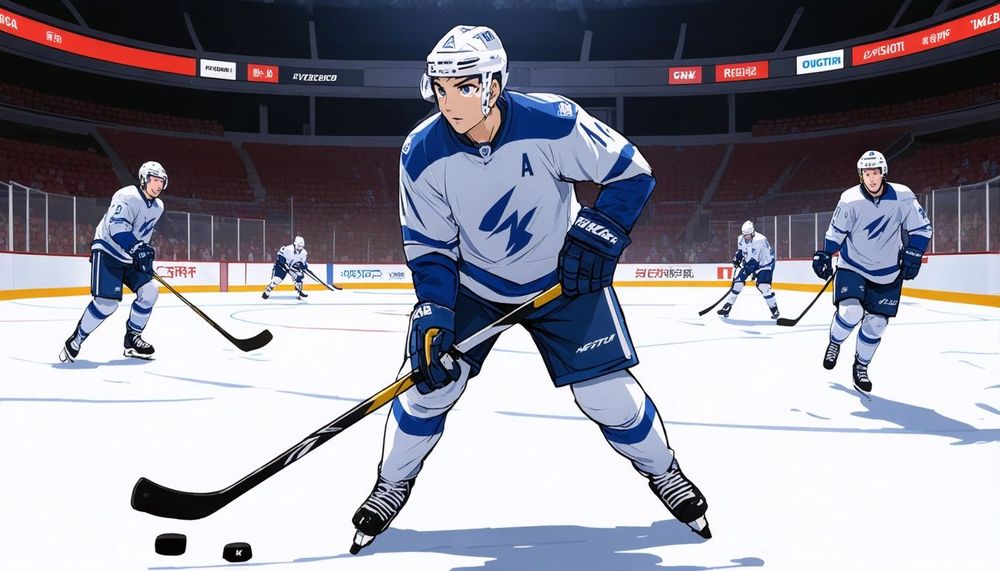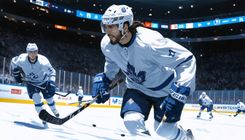Analyzing Impactful Unrestricted and Restricted Free Agents in the NHL

As the NHL's free agency period officially opened on July 1, the landscape of potential player transactions began to shift dramatically. Executives across the league engaged in an intense pursuit of free agents capable of transforming their franchises. Numerous contracts, amounting to hundreds of millions of dollars, were finalized, leading to immediate speculation regarding their influence on the competitive balance of the league. Despite this flurry of activity, a substantial group of both restricted and unrestricted free agents remains available, prompting analysis on which players could make a significant impact should any team decide to take a chance on them.
Among the notable unrestricted free agents is Matt Grzelcyk, a 31-year-old defenseman who demonstrated consistent performance during the previous season with the Pittsburgh Penguins. Grzelcyk managed to achieve a career-high 40 points while averaging over 20 minutes of ice time per game. His history includes a four-year tenure with the Boston Bruins, where he was originally selected in the third round of the 2012 NHL Draft. Given the ongoing scarcity of reliable defensemen across the league, Grzelcyk represents a viable option for teams in search of a dependable left-shot blue liner.
Another intriguing option in the free agent market is Luke Kunin. Drafted 15th overall by the Minnesota Wild in 2016, Kunin's career has seen ups and downs, including a maximum of 15 goals scored in a season and stints with four teams over nine NHL seasons. However, at just 27 years old, he exhibited promising advanced statistics during his recent time with the Columbus Blue Jackets, particularly toward the end of the 2024-25 season. Teams seeking affordable bottom-six options may find value in Kunin, who likely will not command the $2.75 million annual salary he earned in recent years.
Evgeny Kuznetsov, an experienced forward and eight-time double-digit goal scorer, presents an additional compelling option. At 33 years old, Kuznetsov achieved a career-high 27 goals with the Washington Capitals during the 2017-18 season, and he contributed 12 goals during the playoffs en route to a Stanley Cup victory. Despite facing challenges in recent years, including a stint in the NHL's Player Assistance Program prior to his contract dissolution with the Carolina Hurricanes, Kuznetsov's track record suggests he could rejuvenate his game in a middle-six role for a team willing to take a risk on an incentive-laden contract.
Mason McTavish, a 22-year-old restricted free agent, concluded a three-year entry-level deal at the end of the 2024-25 season. While teams cannot acquire him outright from the Anaheim Ducks without incurring costs, they can explore constructing an offer sheet or leveraging trade negotiations. McTavish's progression in goal scoring—from 17 to 19 to 22 goals—along with his career-high 52 points last season, makes him an attractive target for any franchise willing to meet his reported contract demands, estimated to exceed $5 million annually.
Jack Roslovic stands out as the leading point-scorer among the available restricted free agents. The former first-round pick (25th overall, 2015) boasts a career-high season of 22 goals achieved last year with the Carolina Hurricanes. With experience playing for several teams, including the Winnipeg Jets and Columbus Blue Jackets, Roslovic, still only 28, is known for his versatility and has demonstrated strong performance metrics during his time with both the Rangers and Hurricanes. Teams looking for a mid-six player may find Roslovic to be an appealing addition.
Finally, the youngest yet perhaps most promising player still available as a restricted free agent is Marco Rossi. Selected ninth overall by Minnesota in the 2020 draft, Rossi has shown significant growth in his two full seasons in the NHL, moving from 21 to 24 goals and boosting his overall point production from 40 to 60. With a notable performance on the power play last season, including seven goals, his potential indicated further progression in his overall game. Like McTavish, a GM could pursue Rossi with an offer sheet, or utilize the threat of one to stimulate trade discussions for a player reportedly seeking a contract in the range of $6 to $7 million annually.
As teams continue to navigate the complexities of the NHL free agent market, the remaining unrestricted and restricted free agents present opportunities for strategic acquisitions that could fundamentally alter the trajectory of franchises.









